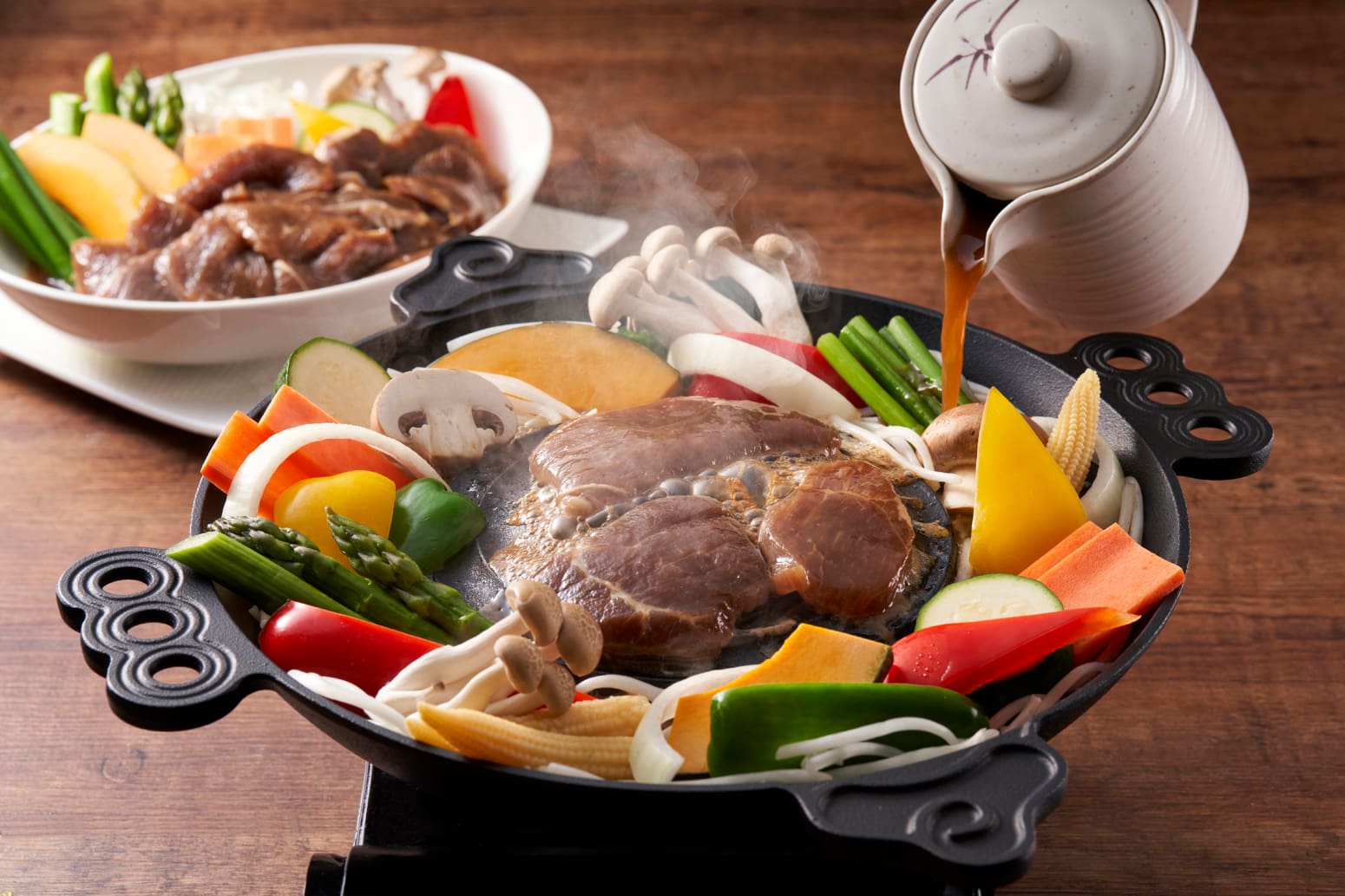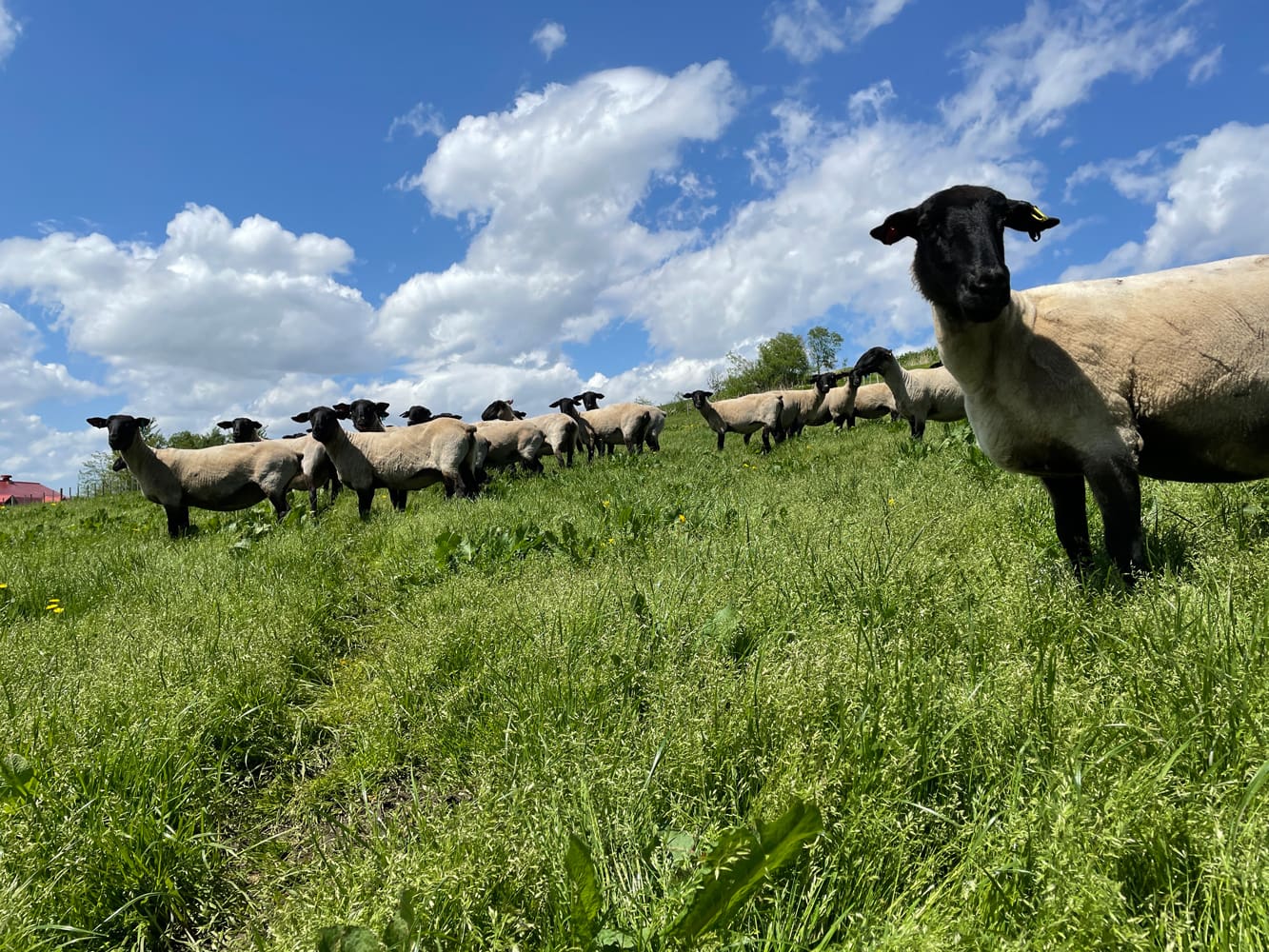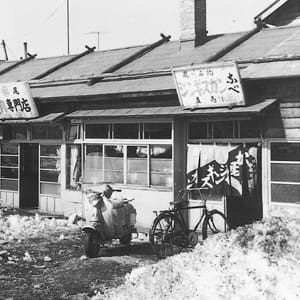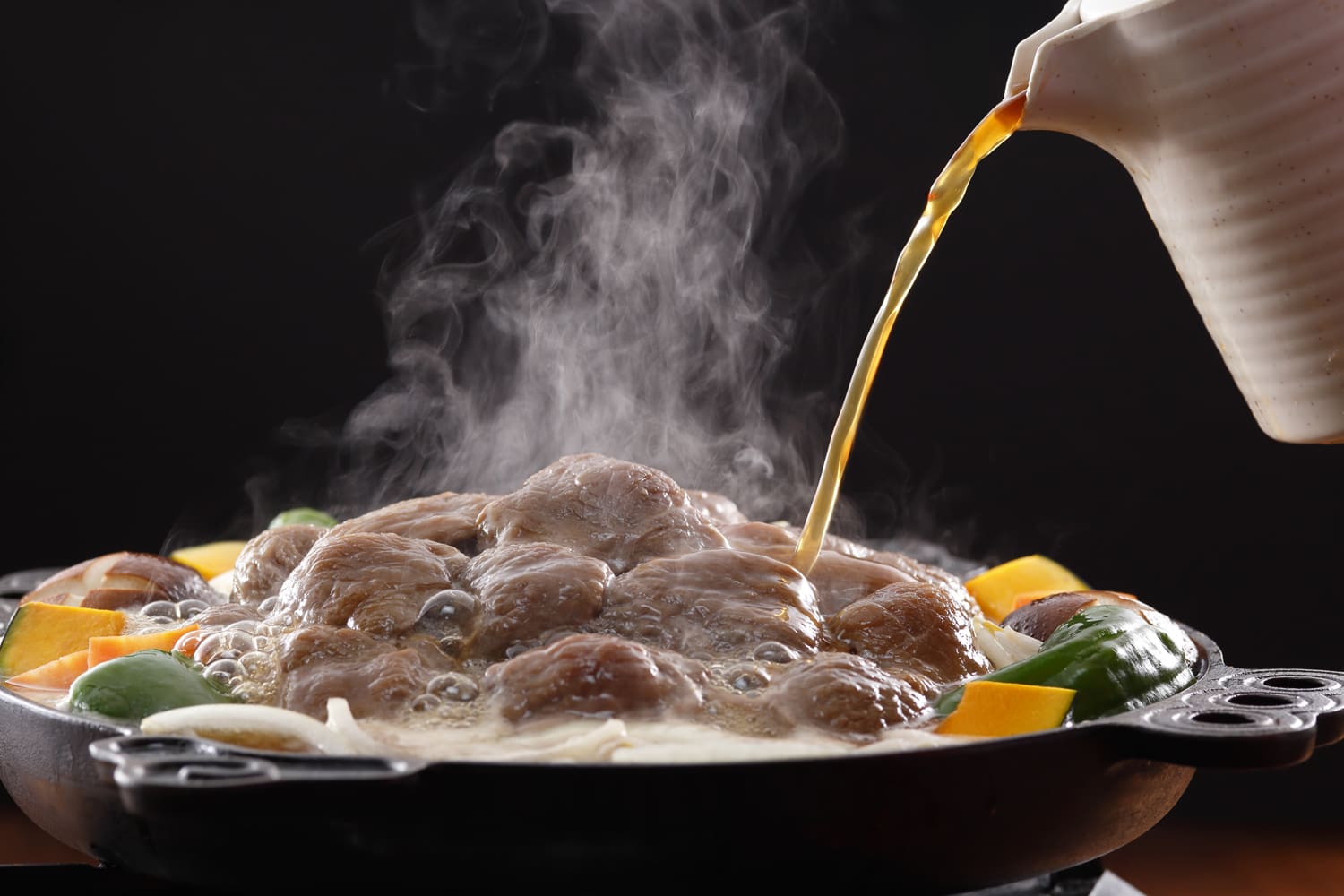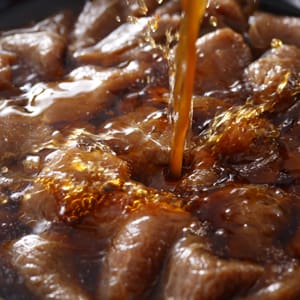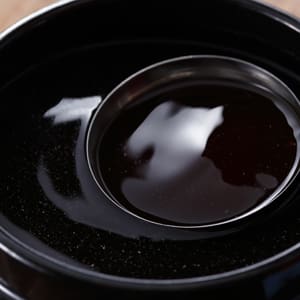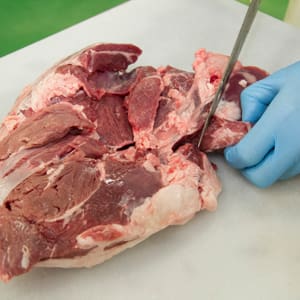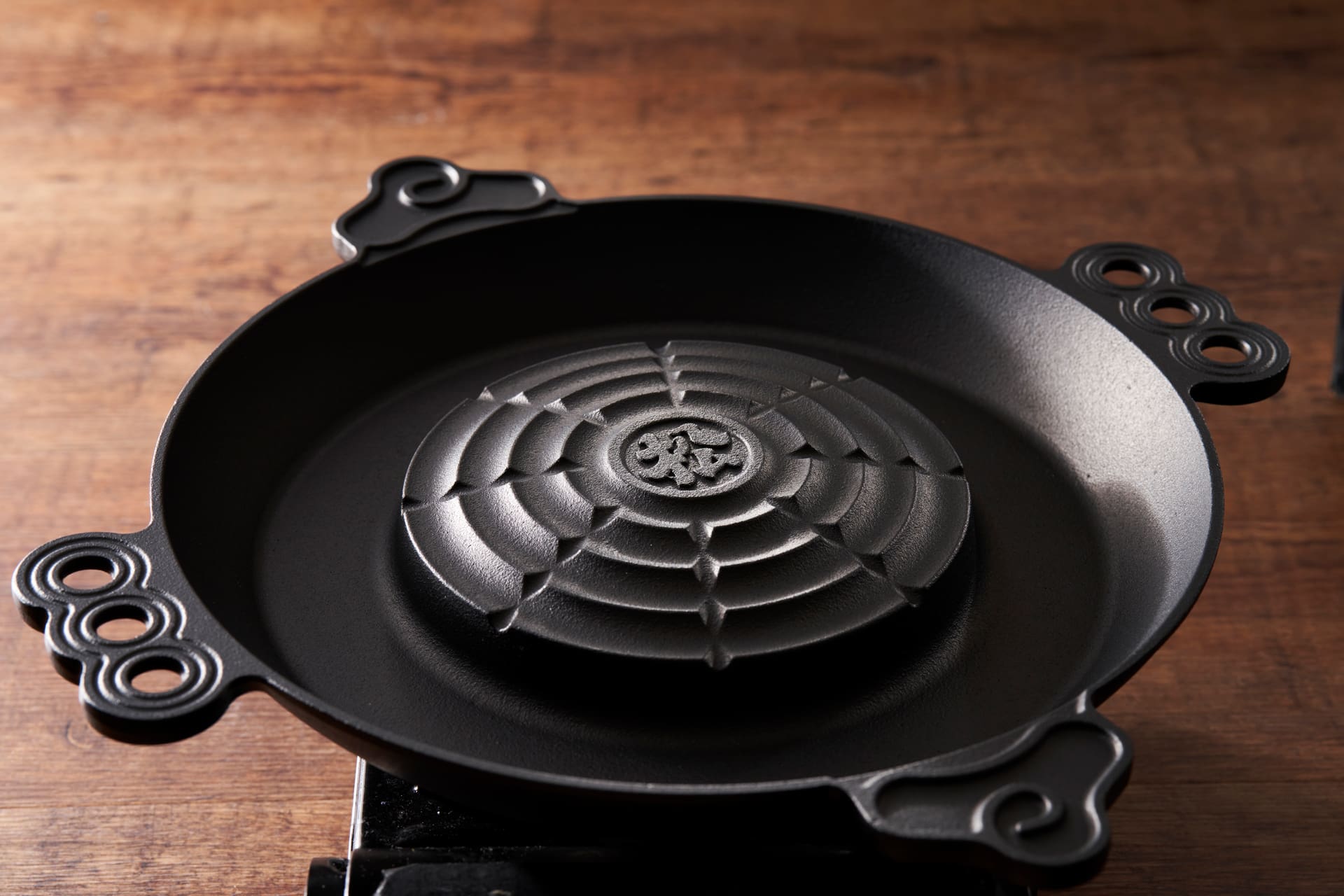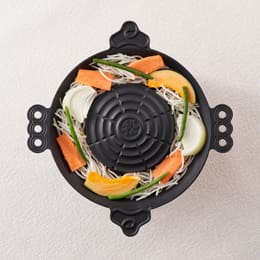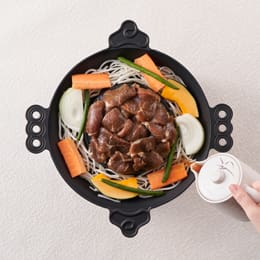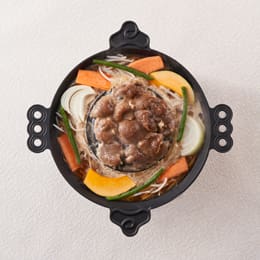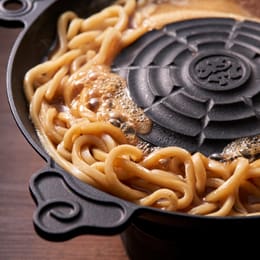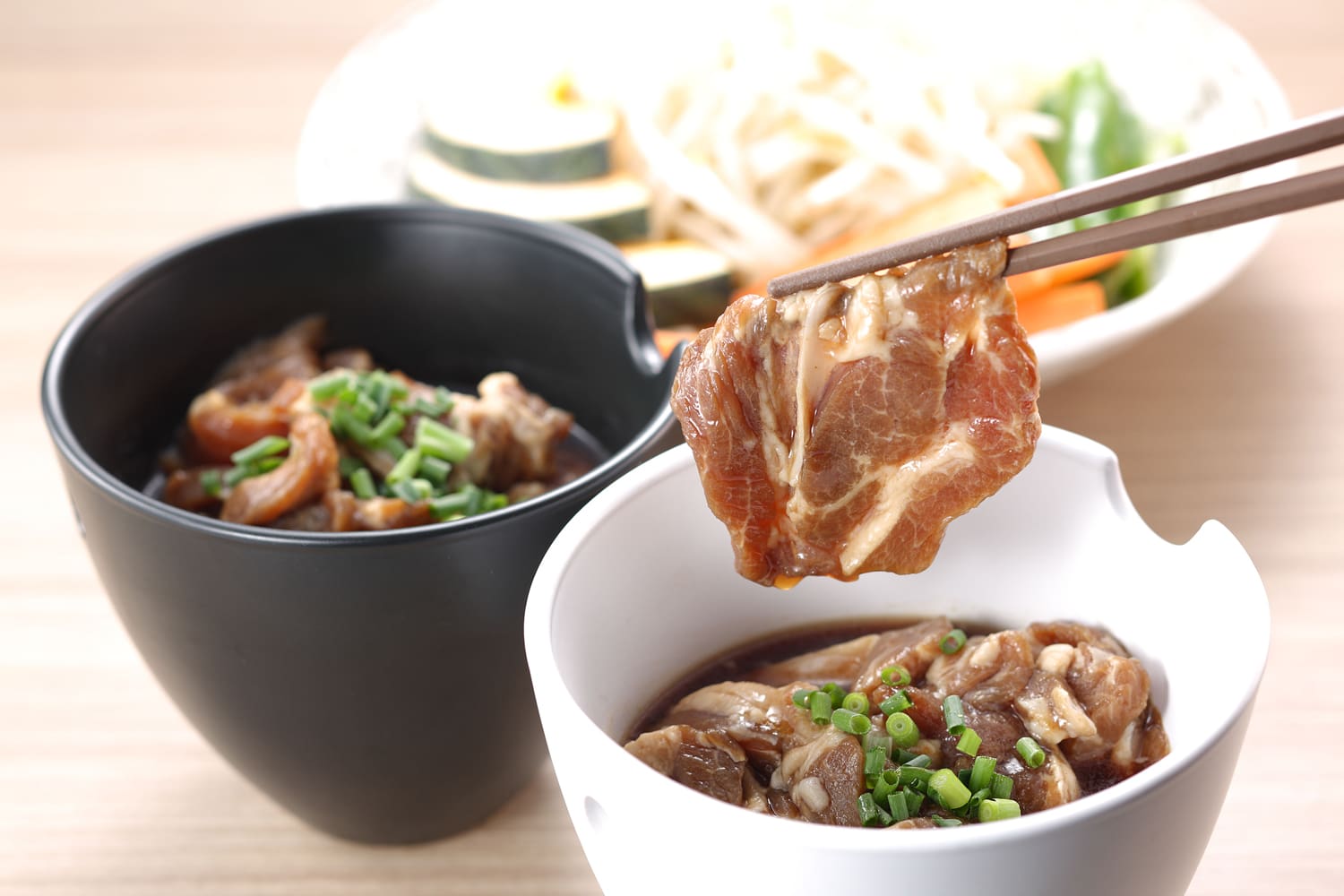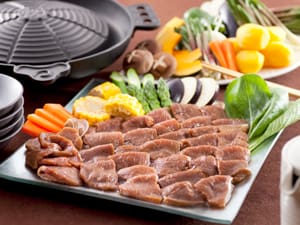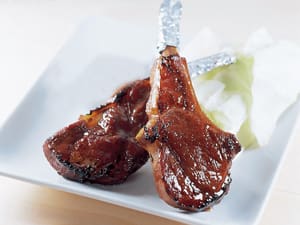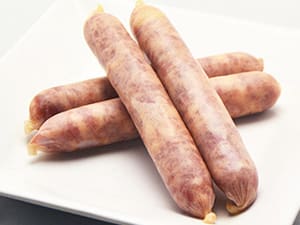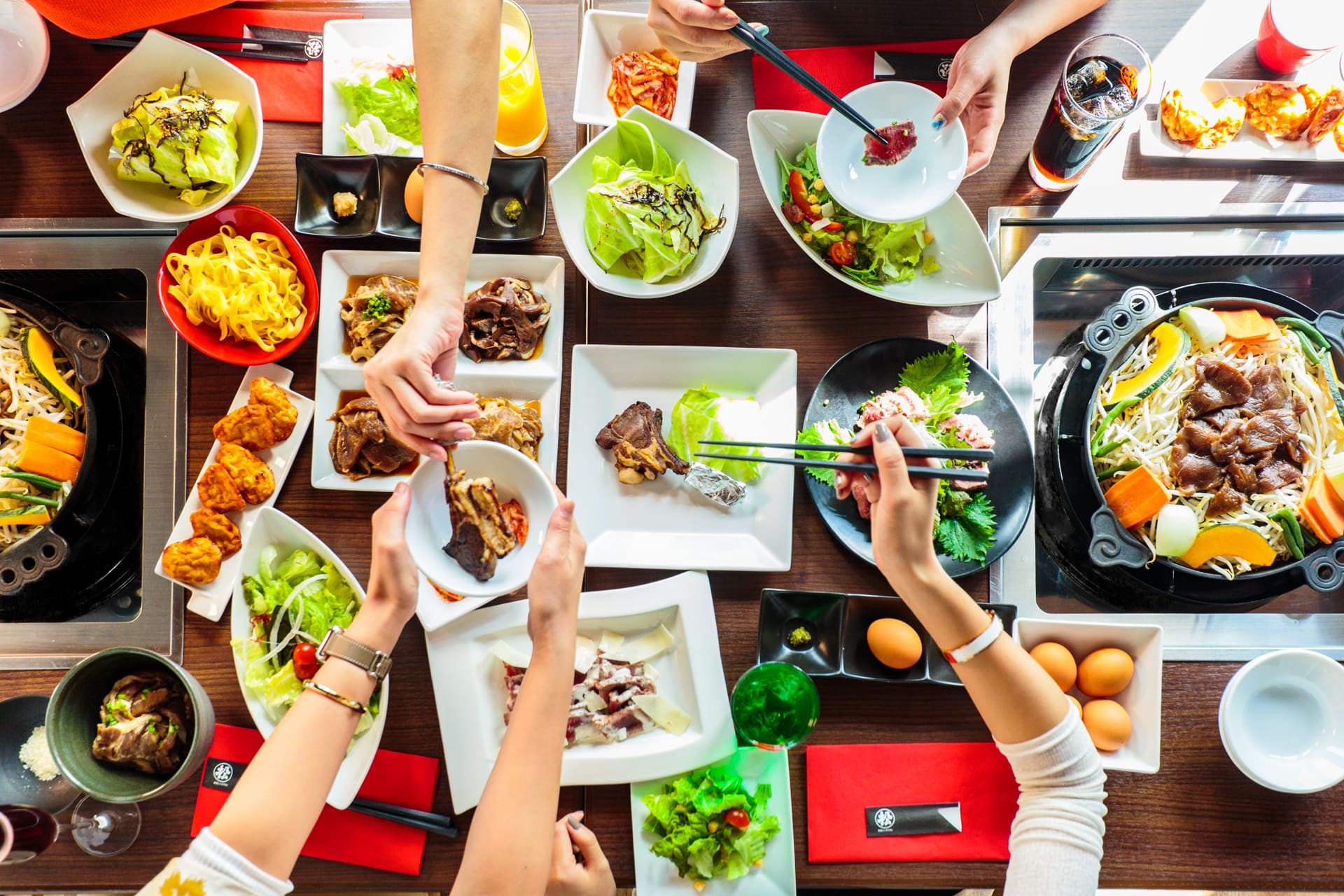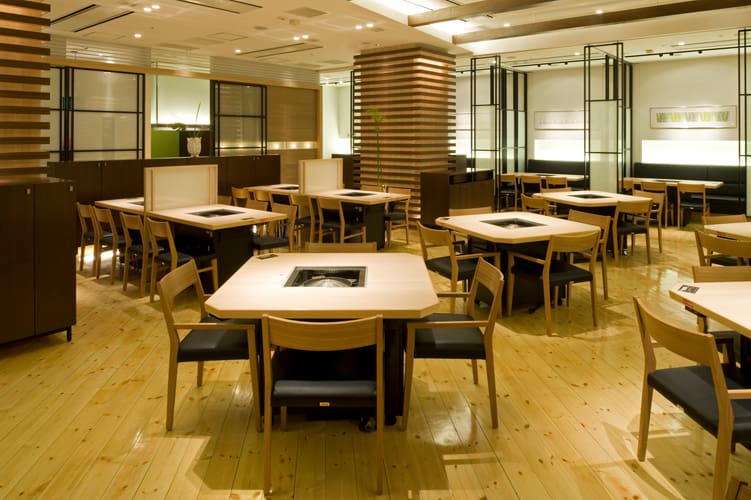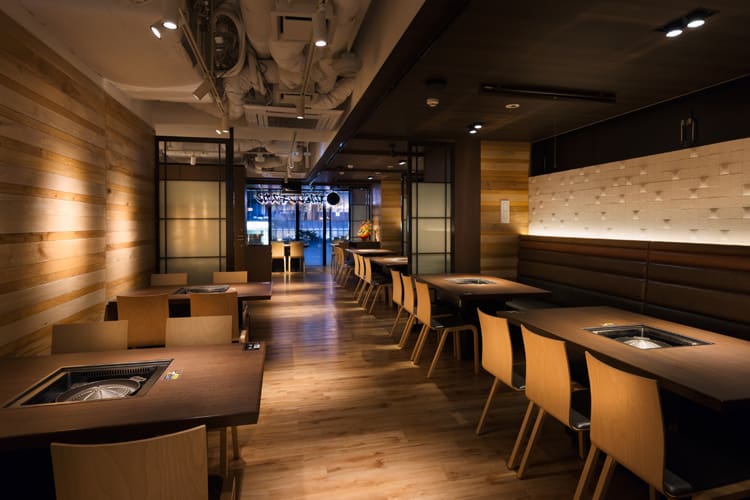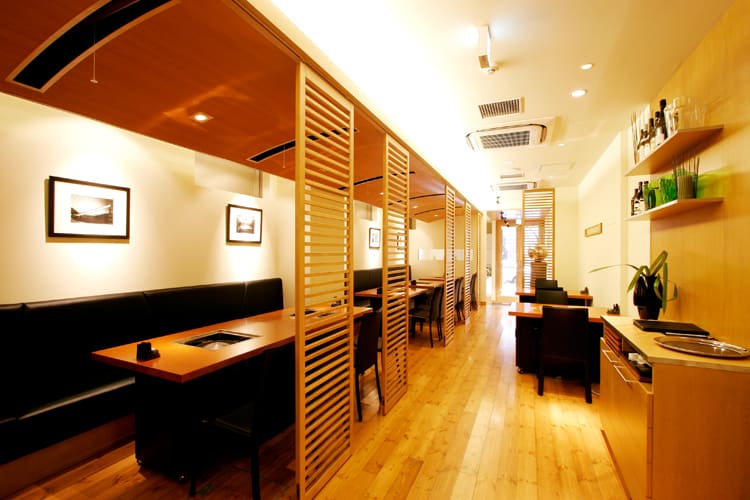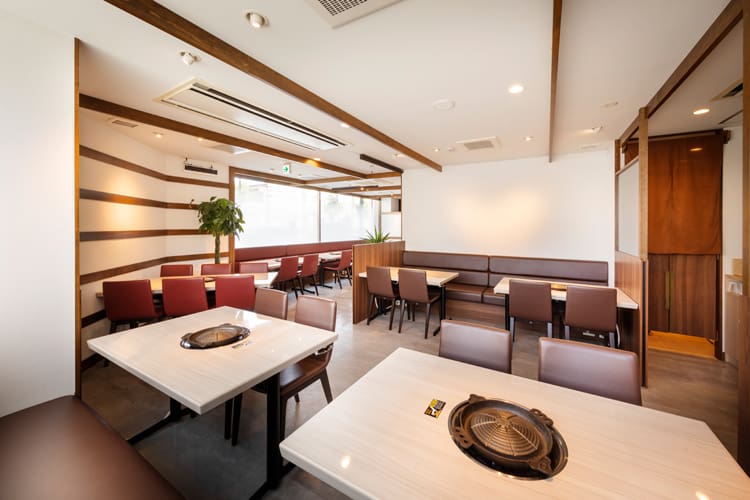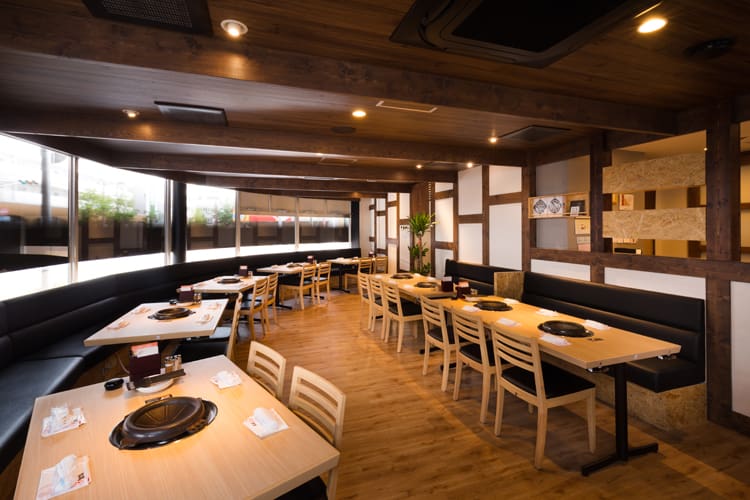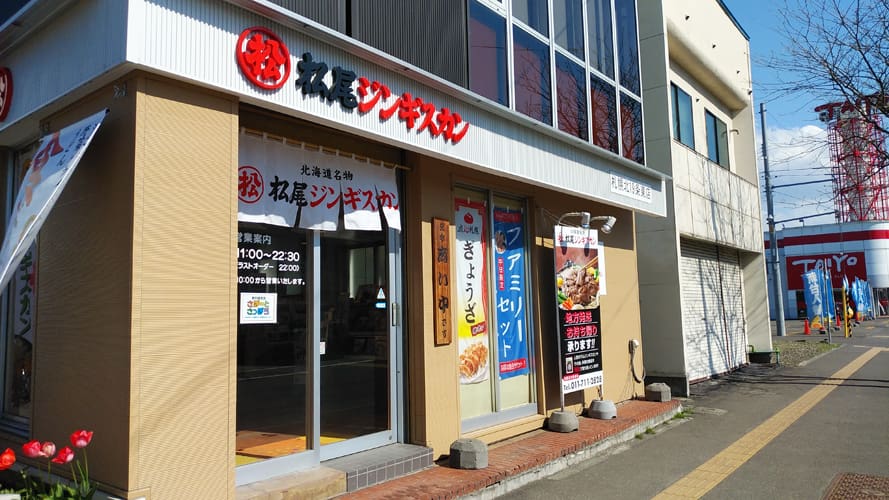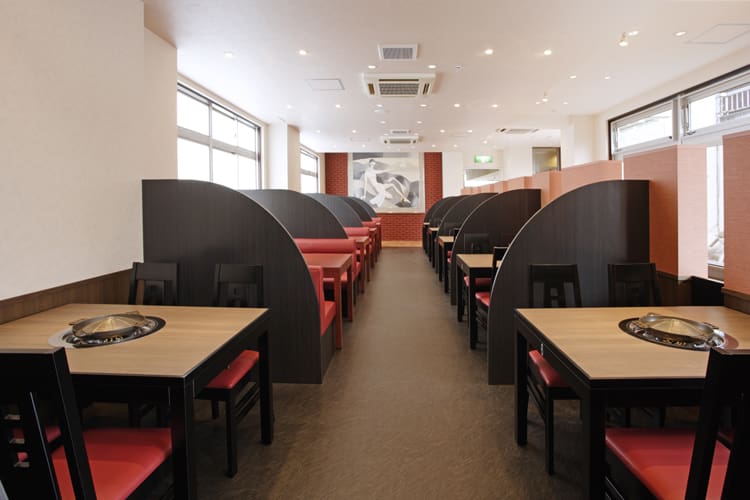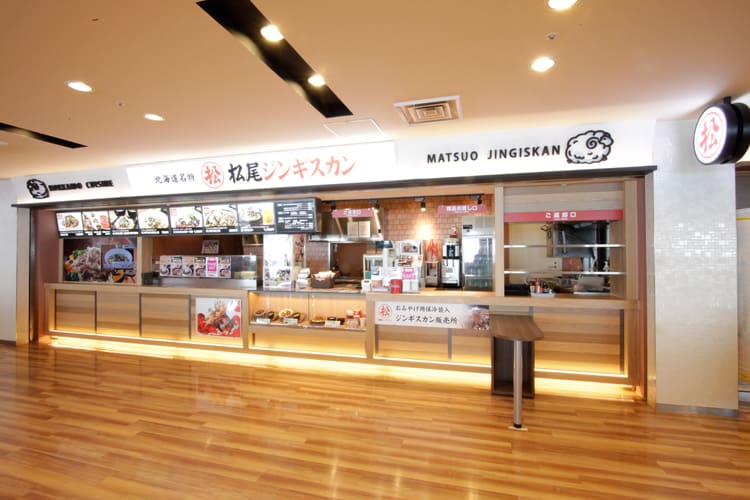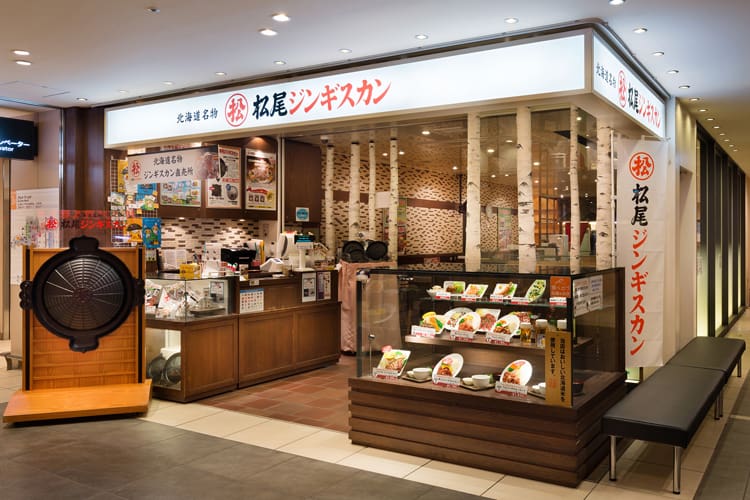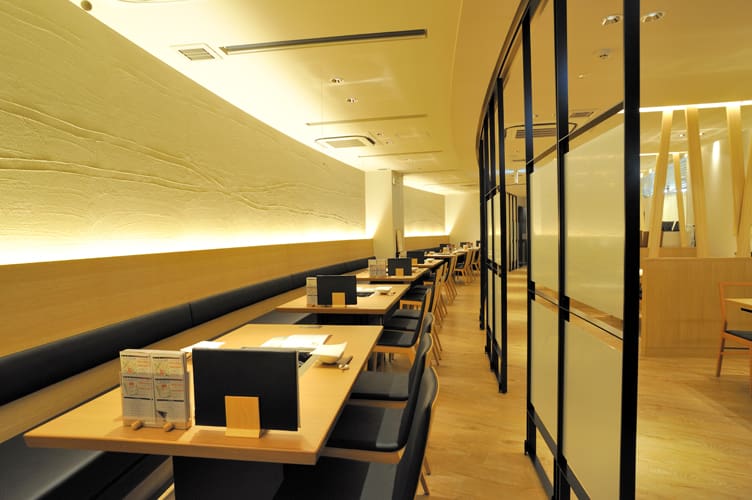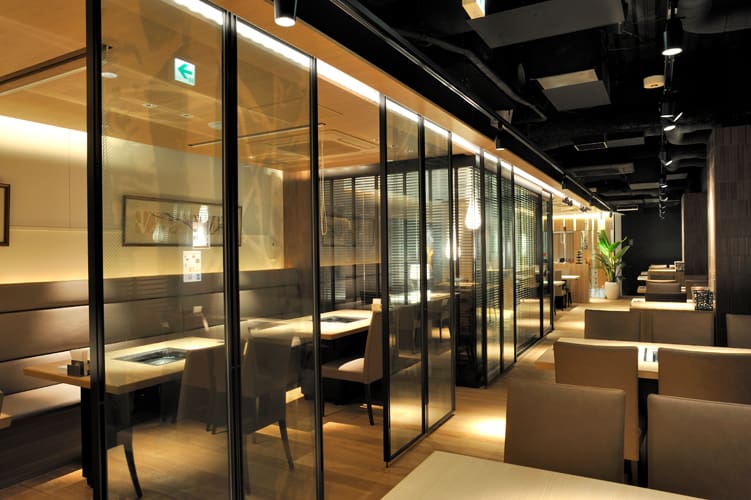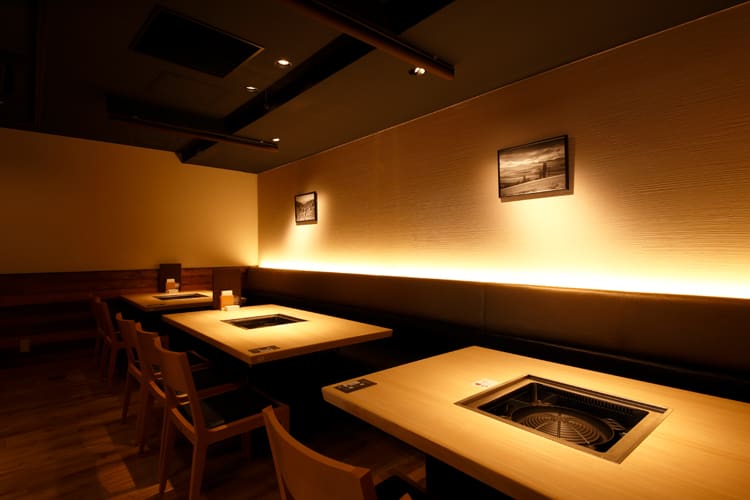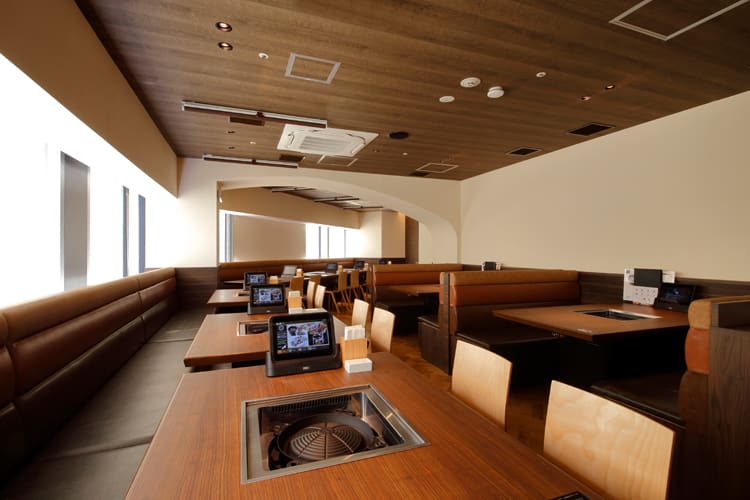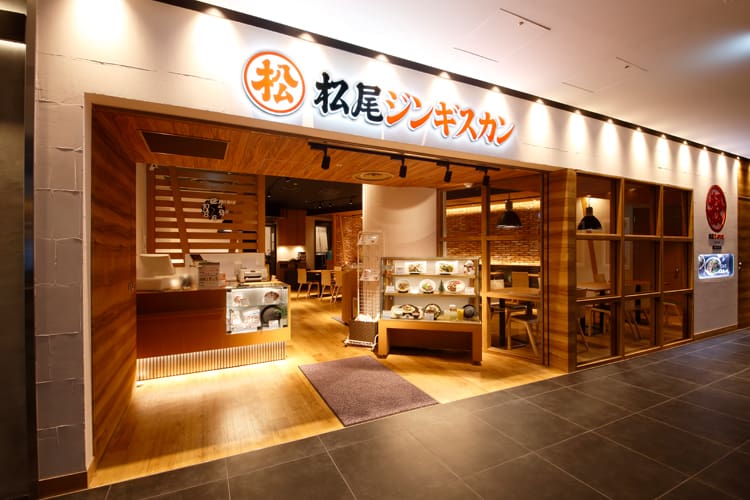What is Jingisukan?
“Jingisukan,” a local cuisine representative of Hokkaido's culinary culture, is prepared using only meat from sheep.
This local dish made with mutton (meat from a mature sheep); which has a naturally rich flavor; or lamb (meat from a sheep less than a year old), which is tender and mild in flavor; is usually barbequed with vegetables on a dome-shaped grill with vegetables. It is either prepared with unseasoned meat and dipped sauce later or meat that has been marinated in a special sauce before grilling.
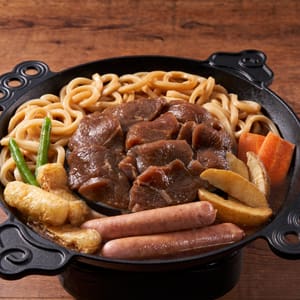
There are several theories on the origin of Jingisukan. One theory is that the dish originated from a Chinese dish called kaoyangrou (grilled mutton or lamb), and was created for Japanese who were not used to eating sheep meat.
When wool became an important material for military uniforms during World War I, imports of wool were brought to a halt. In 1918, the Japanese government launched the “Plan to Breed One Million Sheep” proposal, which was aimed at improving domestic self-sufficiency for wool, and five sheep breeding farms were established throughout the country. At the time, research began on various ways to use not only wool but also meat from sheep. After much trial and error, the modern version of Jingisukan was born.
Two of the five breeding farms were established in Hokkaido. As a result, people began eating mutton and lamb all over Hokkaido, and Jingisukan grew popular. This is a must-eat dish when visiting Hokkaido.




